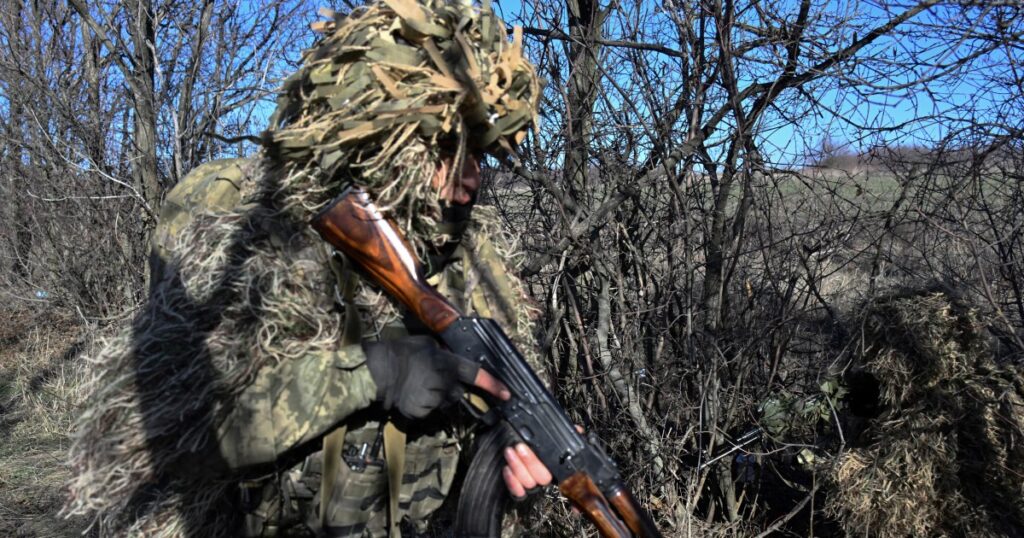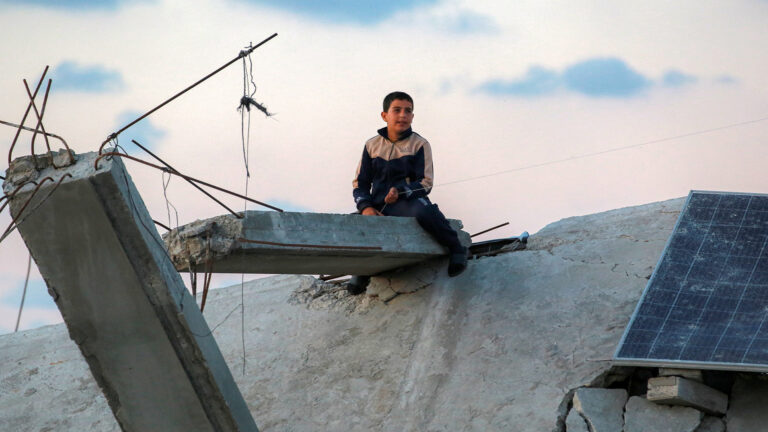
On the 1,086th day of Russia’s full-scale invasion of Ukraine, military engagements remain intense, particularly on the eastern and southern fronts, where Ukrainian forces are reporting successful counteroffensives that have reclaimed strategic positions from Russian troops. Both sides face significant casualties, exacerbating an already dire humanitarian crisis that sees civilian areas devastated by missile strikes, leading to increased displacement and suffering among the Ukrainian population. In response, the international community is actively engaged, with several countries announcing new military aid packages for Ukraine and emphasizing the need for continued support and sanctions against Russia during diplomatic discussions. The conflict’s economic ramifications are becoming increasingly pronounced, affecting global markets, energy prices, and food supply chains, prompting nations to explore measures to mitigate these impacts. While talks for a potential ceasefire or peace negotiations continue, substantial hurdles remain due to articulated demands from both sides. Public sentiment in Russia and Ukraine is heavily influenced by the war, with protests and demonstrations occurring in various cities, highlighting the importance of morale among both military and civilian populations. Furthermore, the invasion has led to notable geopolitical shifts, as countries reassess their defense strategies and alliances, underscoring the ongoing volatility and complexity of the situation.
1. **Military Engagements**: Intense fighting continues in several regions, particularly in the eastern and southern fronts. Ukrainian forces have reported several successful counteroffensives, reclaiming strategic positions previously held by Russian troops.
2. **Casualties and Humanitarian Impact**: Both sides have reported significant casualties, with ongoing concerns about the humanitarian crisis. Civilian areas have been affected by missile strikes, leading to further displacement and suffering among the Ukrainian population.
3. **International Response**: The international community remains engaged, with several countries announcing new military aid packages to Ukraine. Discussions at various diplomatic forums emphasize the need for continued support and sanctions against Russia.
4. **Economic Consequences**: The conflict’s economic ramifications are becoming more pronounced, affecting global markets, energy prices, and food supply chains. Various nations are grappling with the economic fallout and are exploring measures to mitigate these impacts.
5. **Diplomatic Efforts**: Talks regarding a potential ceasefire or peace negotiations are ongoing, but significant hurdles remain. Both sides have articulated their demands, making a resolution challenging.
6. **Public Sentiment**: The war continues to influence public opinion in both Russia and Ukraine, with protests and demonstrations occurring in various cities. The morale of both military and civilian populations is a crucial factor in the ongoing conflict.
7. **Geopolitical Shifts**: The invasion has led to shifts in alliances and relationships among countries, with some nations re-evaluating their defense strategies and partnerships in light of the conflict.
These developments underscore the ongoing volatility of the situation and the complex interplay of military, humanitarian, and geopolitical factors at play on the 1,086th day of the invasion.
Here are the key developments on the 1,086th day of Russia’s full-scale invasion of Ukraine.



